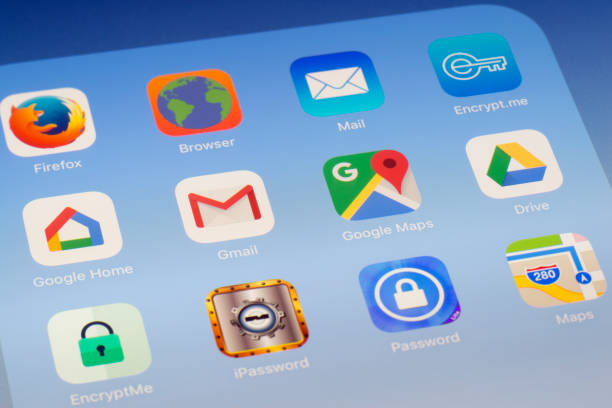
In the vast landscape of email marketing, deliverability is a crucial factor that can make or break your campaign. In recent years, Gmail warm up has emerged as a vital strategy to ensure your emails reach their intended recipients’ inboxes. This blog will take a deep dive into the significance of Gmail warm-up and its impact on email deliverability.
Understanding Email Deliverability
Before we delve into Gmail warm-up, let’s grasp the concept of email deliverability. It refers to the ability of your emails to successfully land in the inbox rather than being flagged as spam or junk. Email service providers (ESPs), like Gmail, use complex algorithms to evaluate the sender’s reputation and the content of the emails to determine whether they are worthy of reaching the inbox.
The Challenge of Gmail’s Filters
Gmail, with its massive user base, has stringent filters in place to protect its users from unwanted and potentially harmful emails. These filters analyze various aspects of an email, including the sender’s reputation, engagement rates, and email content. For a new sender or a marketer with infrequent email campaigns, landing in the primary inbox can be a challenging task.
What is Gmail Warm-Up?
Gmail warm-up is a proactive strategy to build trust with Gmail’s algorithms gradually. It involves sending a gradual volume of emails to your target audience to establish a positive sending reputation. Instead of bombarding Gmail servers with a large volume of emails all at once, which may trigger spam filters, warm-up allows you to ease into regular email sending.
The Steps in Gmail Warm-Up
Start with a Small Volume
Begin your warm-up process by sending a small volume of emails to engaged recipients. This helps in establishing a positive initial interaction with Gmail’s servers.
Gradually Increase Sending Volume
As your sender reputation improves, you can slowly increase the volume of emails. This step-by-step approach signals to Gmail that your emails are legitimate and desired by the recipients.
Monitor Engagement Metrics
Keep a close eye on engagement metrics such as open rates and click-through rates. Positive engagement signals to Gmail that your emails are valuable to recipients, further boosting your sender reputation.
Maintain Consistency
Consistency is key in Gmail warm-up. Regularly send emails to your audience, maintaining a steady volume. Abrupt changes in email frequency can negatively impact your sender reputation.
Why Gmail Warm-Up Matters
Establishing Sender Reputation
Gmail warm-up is essentially about establishing a positive sender reputation. A good reputation ensures that your emails are recognized as legitimate and relevant, increasing the chances of landing in the primary inbox.
Avoiding Spam Filters
By gradually increasing your sending volume through warm-up, you reduce the likelihood of triggering Gmail’s spam filters. This proactive approach minimizes the risk of your emails ending up in the spam folder.
Improving Email Deliverability
The ultimate goal of Gmail warm-up is to enhance email deliverability. When your emails consistently land in the inbox, you maximize the visibility of your campaigns and increase the likelihood of conversions.
Conclusion
In the dynamic world of email marketing, adapting to the algorithms and filters of major email service providers is paramount. Gmail warm-up is not just a trend; it’s a strategic necessity for any marketer aiming for success in their email campaigns. By prioritizing the gradual building of sender reputation, you pave the way for improved deliverability and engagement.
As you embark on your journey to mastering Gmail warm-up, consider partnering with BoostInbox, a leading expert in email deliverability solutions. With their proven strategies and expertise, BoostInbox can guide you through the intricacies of Gmail warm-up, ensuring your emails consistently reach the right audience. Elevate your email marketing game with BoostInbox and watch your campaigns thrive in the competitive landscape of digital communication.





